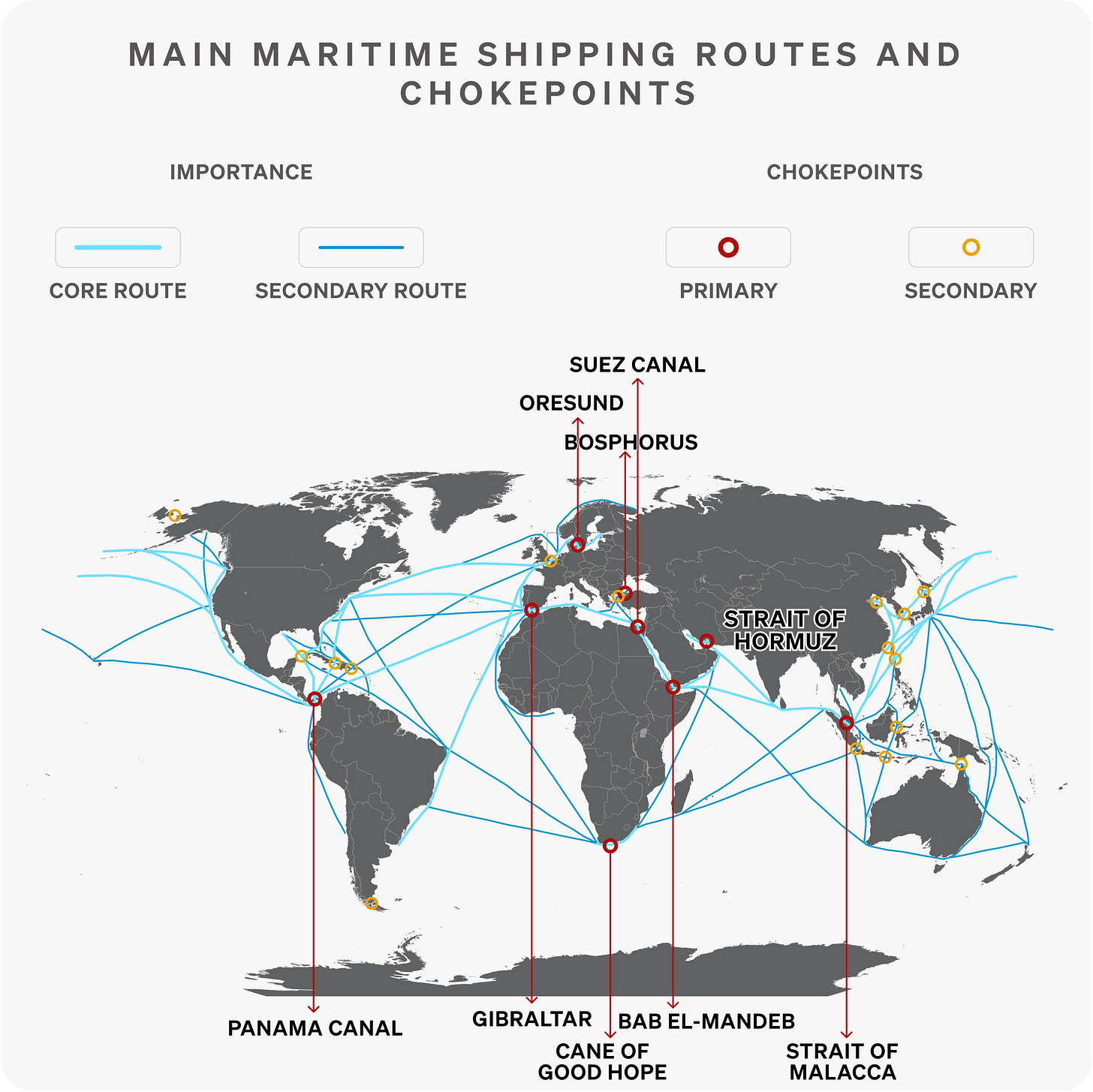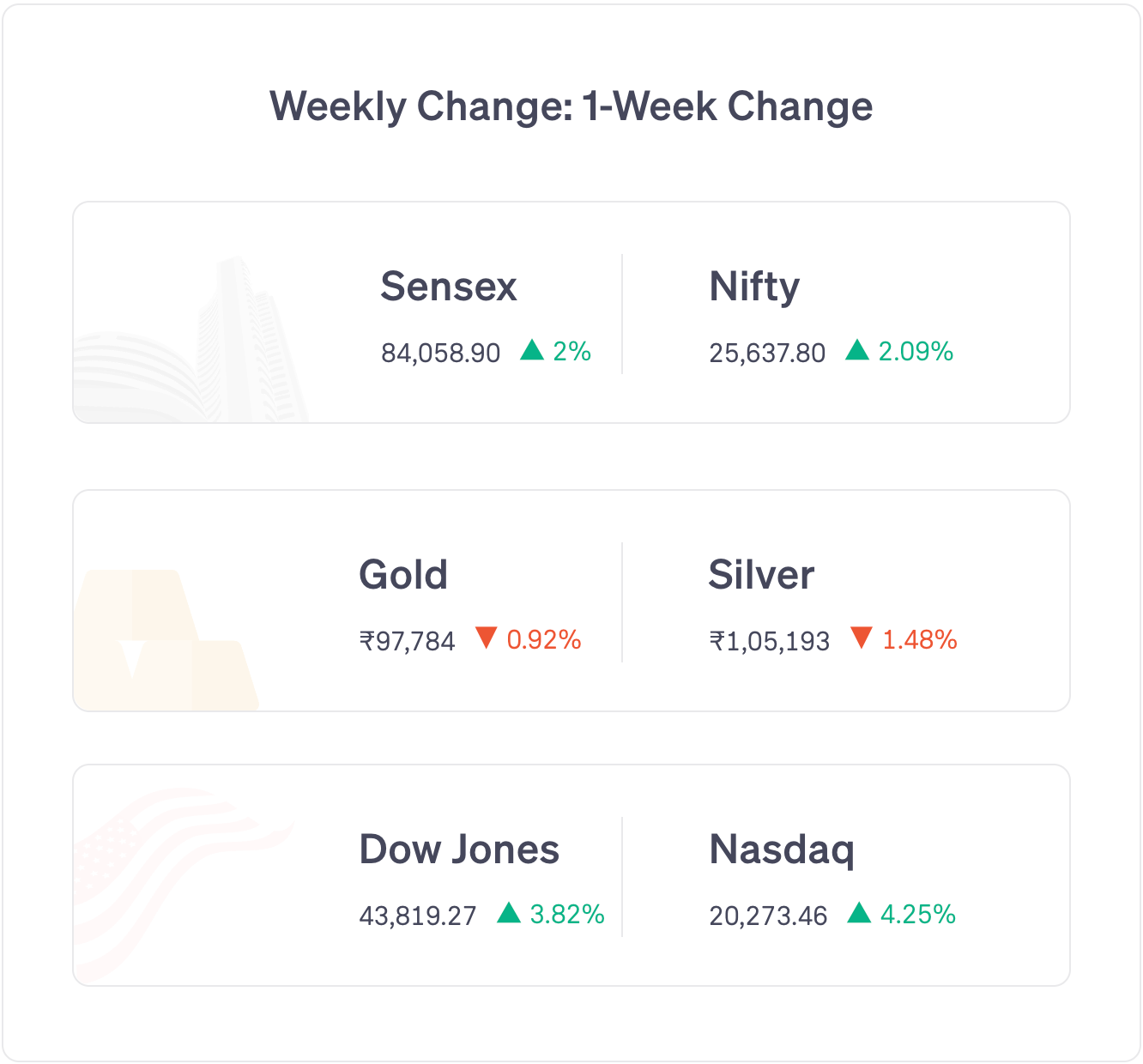Neon signs first appeared in the early 1900s.
Within a decade or two, they became the symbol of cities.
Companies, bars, sports centers – everyone had their emblems made in neon signs.
The process of making neon signs has not changed much since then. And it is hard.
The artist takes glass tubes and heats them at certain places. Then, very slowly, he bends the glass in the heated areas – taking special care not to collapse the tube.
Once the tubes are bent in the right shape, electrodes are attached to the open ends and leaks are tested for. And then, gas is filled.
Which gas? Neon gas.
Despite modern LED signs being much easier to work with, the popularity of neon signs has only increased in recent years.
In 2022, this industry came under a bit of pressure.
Microchip maker TSMC was worried about chip shortages again. Demand for chips was increasing week on week as the post pandemic spending led to increased car and device purchases.
Along with neon sign makers and chipmakers, LASIK eye surgery equipment makers, and steel makers were also tense.
Why?
They all needed one resource. Neon. There was a neon gas shortage in 2022.
About 50% of the world’s supply of neon had suddenly reduced.
Nope – China is not the reason for this.
Nor is it the middle-eastern conflict affected countries. Nor is it the USA.
In 2022, the Ukraine and Russia conflict started.
Ukraine produced 50% of the world’s neon supply. Most people do not think of Ukraine as a major manufacturer or resource producer.
Not just neon, but also agricultural exports, automobile parts, chemical exports, and quite a few other exports were a part of Ukraine’s contribution to the global economy.
The conflict highlighted Ukraine’s role in the global economy and the hyper-complex global supply chain.
This is not about Ukraine’s contribution.
It’s about how conflict and war affect global economies in ways we never think.
Themes of War
Wars are absolutely horrible in most ways.
A similar and recurring themes are seen in most big wars.
Casualties:
The very first and most major impact is casualties.
People die. Some are injured, some are maimed for life. It starts with soldiers but spreads to civilians if the conflict lasts longer.
Migration:
In long and protracted conflicts, people are displaced. They flee to other regions in search of safer places to stay, or to find food, or employment.
Young people are diverted to join the military. These young minds would have otherwise gone into other sectors like agriculture, administration, medicine, engineering, etc.
Freedoms Curtailed:
In an effort to engage in the conflict effectively, the personal freedoms of citizens is given a lower priority. The media and the press have less freedom in their coverage.
There may be mandates about working hours and the nature of work citizens can engage in.
Destruction:
Roads, bridges, railways, runways, and other public infrastructure are often damaged in long drawn out wars.
Electricity cables, water pipelines, and gas lines are next to be destroyed.
Rebuild:
A big part of wars and post-war periods is rebuilding what’s broken.
This can lead to better infrastructure getting built.
Still, is that worth the damage? Probably not.
Technology & Innovation:
In desperate times like wars, a lot of innovation takes place. World War 1 and 2 saw some unbelievable technological leaps in a matter of decades.
Yes, the innovation is for use in war directly or indirectly. But many of these innovations eventually trickle down to civilian life.
Economic Impact of War
Trade and business suffer. Business and trade require people to put faith in the future.
“I will invest $20,000 in my new cafe business, and I am sure customers will come”.
Conflicts reduce that faith.
As investment in new businesses dries up, new job creation dries up. A handful of companies involved in supplying to the war efforts end up doing well.
It’s a viscous cycle downward – a chain reaction.
About 50% of global trade flows through the chokepoints in global shipping routes. Imagine a conflict in any of the choke points.
Crude oil prices are particularly sensitive to these choke points.
Things become expensive.
Governments need money to fund the wars. So tax goes up. Or they take debt hoping to pay back later, which itself is a curse of a different kind. Or, they print money.
None of those are good options.
One way or the other, inflation creeps up – while economic decline is also occurring.
Wars are terrible. But, they are almost inevitable.
Bigger is Safer:
If everyone agreed not to fight, we could put that money to better use elsewhere. Lovely idea.
Almost never works. In fact, spending money preparing for wars seems to prevent a lot of wars.
This is why countries spend so much on preparing to fight wars. Some of the most economically stable countries spend the most on their defence – or in other words, preparing to fight a war if needed.
Flight of Capital
Whenever a conflict starts, things go wrong. History tells us that it is a chain reaction of bad events.
We don’t know how bad things will get before things get better.
So, faced with uncertainty, what would you do?
Most would take measures to reduce risk. Keep money in a safer place.
Companies stop putting money towards new ventures or expansion. In fact, they reduce operations. So their revenues and profits shrink. Lesser jobs.
That then leads to less spending by people – they want to save money. Less items get sold. Different companies’ earnings drop further.
If you are an investor, you would be afraid that your shares’ price would fall sharply since the companies are now earning less money.
So what would you do?
Shares of any kind would feel risky. You would try to sell as soon as possible and keep that money in a safer place, like deposits or gold.
That’s precisely what happened throughout history.
Whenever a conflict broke out, citizens and institutions would either try to buy gold or sell land and buy land far away, somewhere it was safer to live.
We see this even more today.
Whenever there is a hint of a potential war, investors become cautious.
Foreign investors don’t want to take risks investing in a foreign market. They sell and move their money home. They then invest it in home-based companies’ shares or deposits, or gold.
This is why, any time there’s a hint of conflict, the markets fall.
That’s happening because investors are selling their shares. Not just shares, but other investments too, including real estate, R&D efforts, other commodities, etc.
Both domestic and international investors.
This is also one reason why the gold price shoots up in such times.
They are taking out money from everywhere else and putting it in gold and deposits.
Deposits or bonds (or FD) offer stable and fixed returns even if they are lower returns.
Who guarantees this fixed rate?
Banks. But banks can fail too in bad times.
So investors flock to put their money in deposits and bonds of the safest and most robust of banks in the world.
The US Treasuries are considered the safest of them all.
So, at the hint of a conflict, scared money leaves everything and rushes to US Treasuries and gold.
This is why when there’s even a hint of conflict starting, markets start shivering and inching down.
Investors are moving money to safer assets. If the conflict progresses, they will sell more and move more money.
Often, what happens is that in this process, they discover that while trade is suffering, the global economy is learning to manage without the conflict-affected countries.
It is at this point that the markets start recovering – despite the conflict not being over.
The world learns to adapt.
If they are not able to adapt, the scared money will continue moving to safer assets. And the markets will continue falling.
We have seen these scenarios happen at different times in recent and distant history.
This shows how resilient the global economy can be. And how fragile the economy can be.
It also shows just how terrible wars can be.
Quick Takes
+ India’s gross direct tax collection rose 4.86% year-on-year to Rs 5.45 lakh crore till 19 June in FY 2025-26. Net collection fell by 1.39% to Rs 4.59 lakh crore.
+ India’s composite PMI (manufacturing + services) rose to 61 in June (vs 59.3 in May). This means India’s economic activity grew more in June than in May.
+ RBI reduced the mandatory priority sector lending (PSL) requirement for small finance banks from 75% to 60%.
+ The SECI (Solar Energy Corporation of India) has issued a tender to produce 7.24 lakh tonnes of green ammonia annually for 13 fertilizer plants. This is a part of India’s push to cut emissions.
+ The Defence Ministry has signed 13 contracts worth Rs 1,981.90 crore under the Emergency Procurement (EP) route. This aims to boost the Indian Army’s counter-terrorism capabilities by procuring drones, radars, air defence systems, and protective gear.
+ The Ministry of Heavy Industries has launched a portal under the Scheme to Promote Manufacturing of Electric Passenger Cars in India (SPMEPCI), inviting global companies to apply. Companies must invest at least Rs 4,150 crore, in return for lower import duties of 15% for 5 years.
+ The National Housing Bank (NHB) has tightened rules for refinancing home loans in under-construction properties. Loans will only be refinanced if less than 50% of the construction is complete.
+ NSE has offered SEBI Rs 1,388 crore to settle old co-location and dark fibre cases, where a few brokers allegedly got unfair access to market data. If resolved, this could pave the way for NSE’s IPO.
+ RBI has extended the trading hours of the call money market by 2 hours. Banks can borrow and lend money in the market from 9 am to 7 pm from 1 July. This move aims to improve liquidity management of banks.
+ Pine Labs has filed its draft red herring prospectus (DRHP) with SEBI for a Rs 2,600 crore IPO.
+ RBI's holding of government bonds rose to a record high in March. RBI now holds 12.78% of all outstanding government bonds (it held 10.55% in Dec 2024).
+ India’s engineering goods exports fell 0.82% year-on-year to $9.89 billion in May: EEPC.
+ Kalpataru IPO was subscribed 2.26 times. Retail subscription: 1.29 times. IPO closed for subscription.
+ Ellenbarrie Industrial Gases IPO was subscribed 22.19 times. Retail subscription: 2.14 times. IPO closed for subscription.
+ The US GDP shrank by 0.5% year-on-year in the Jan-March quarter, compared to a growth of 2.4% in the previous quarter.
+ India’s external debt rose $67.5 billion annually to $736.3 billion at the end of March 2025. The external debt to GDP ratio rose 19.1%.
+ India’s forex reserves fell by $1.02 billion to $697.93 billion in the week that ended on 20 June.
+ Credila Financial Services has filed its updated draft red herring prospectus (DRHP) with SEBI for a Rs 5,000 crore IPO.
+ HDB Financial Services IPO was subscribed 16.69 times. Retail subscription: 1.41 times. IPO closed for subscription.
+ Sambhav Steel Tubes IPO was subscribed 28.46 times. Retail subscription: 7.99 times. IPO closed for subscription.
6-Day-Course
Theme of the week: when to buy and sell
We’ve reached the end of this week’s course that started on Monday. Here’s a test you should take. Get pen and paper!
Question 1:
Why is it hard to time buy and sell in good companies?
-Share prices stay constant
-Profits can be volatile
-Overvalued stocks can keep rising too
Question 2:
Investors always make profits by buying undervalued stocks because they immediately start rising.
-True
-False
Question 3:
What matters while buying or selling a stock?
-Brand value
-Valuation
-Trading volume
Question 4:
How do growth investors differ from value investors when buying stocks?
-Prefer Growth over price
-Prefer low PE
-Prefer dividends
Question 5:
Unusual stock movements are common and one should avoid changing their core strategy too often.
-True
-False
Answers:
Q1: Overvalued stocks can keep rising too
Q2: False
Q3: Valuation
Q4: Prefer Growth over price
Q5: True
The information contained in this Groww Digest is purely for knowledge. This Groww Digest does not contain any recommendations or advice.
Team Groww Digest








